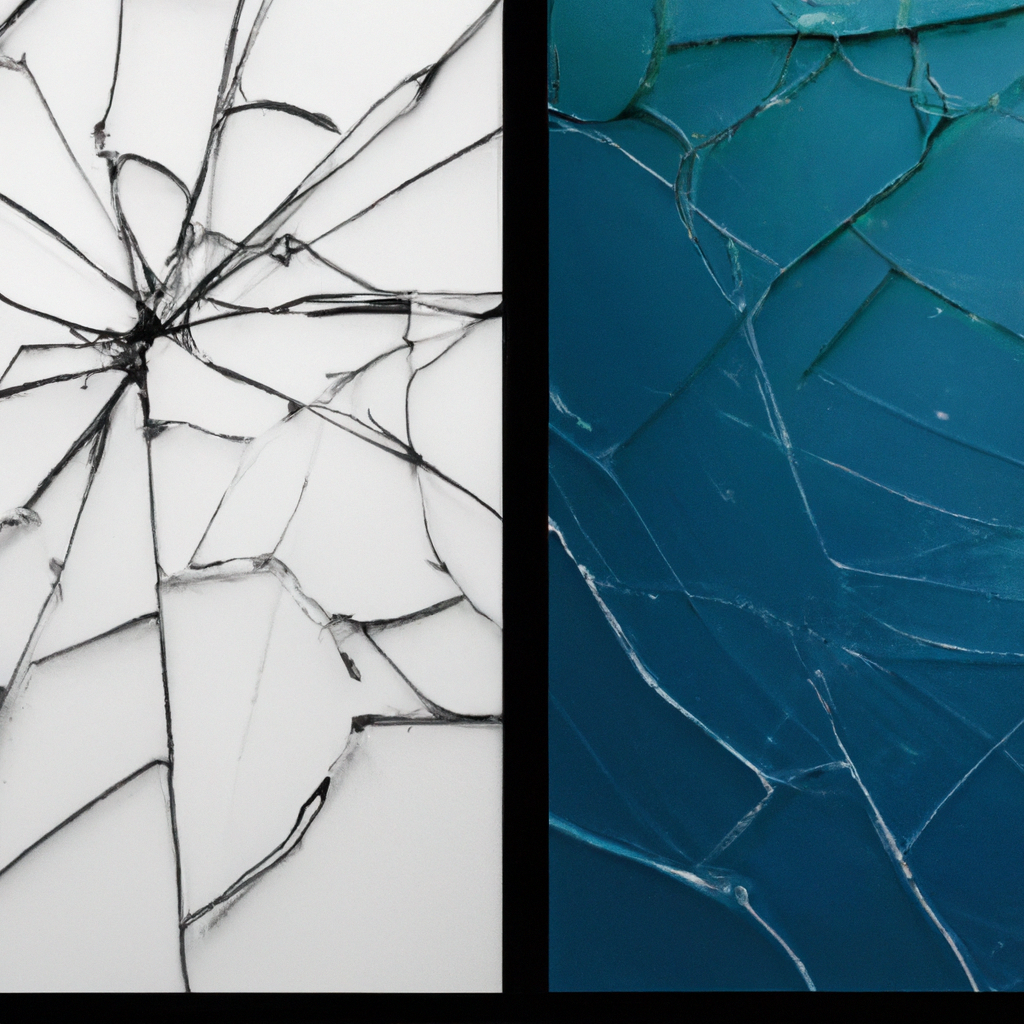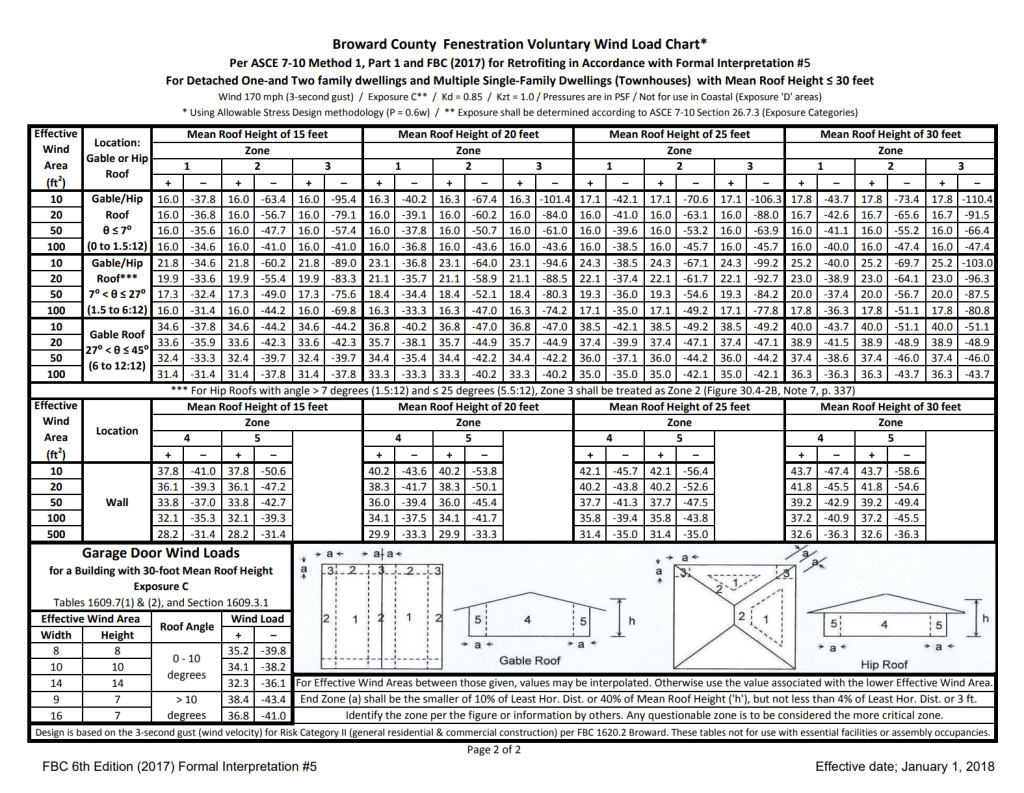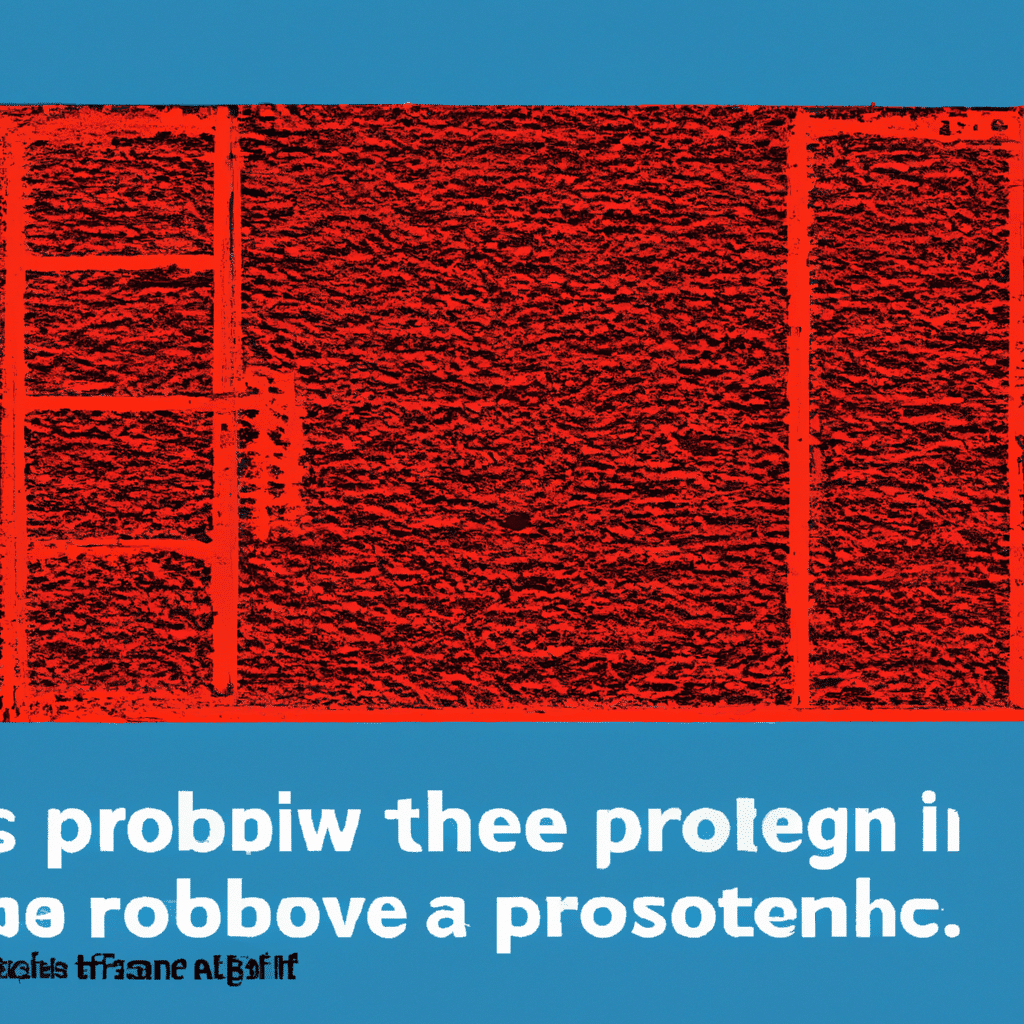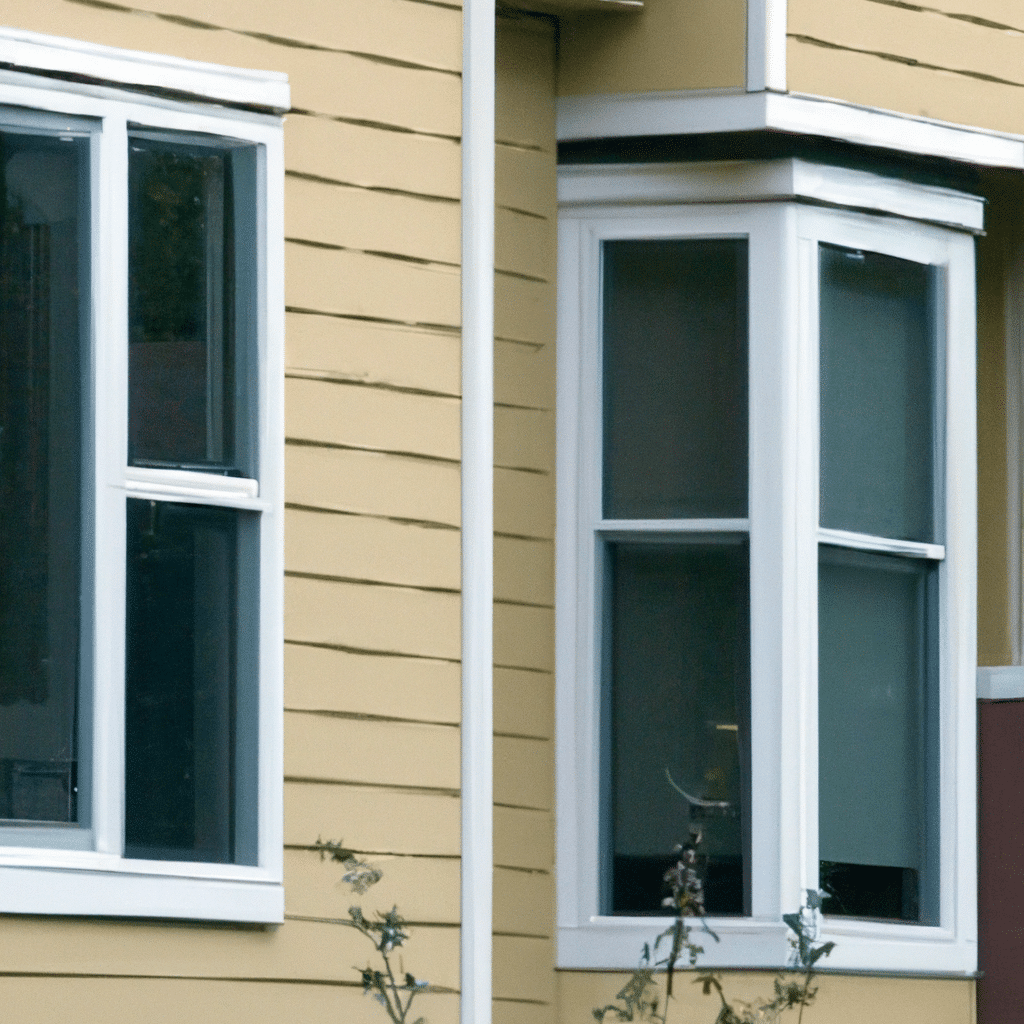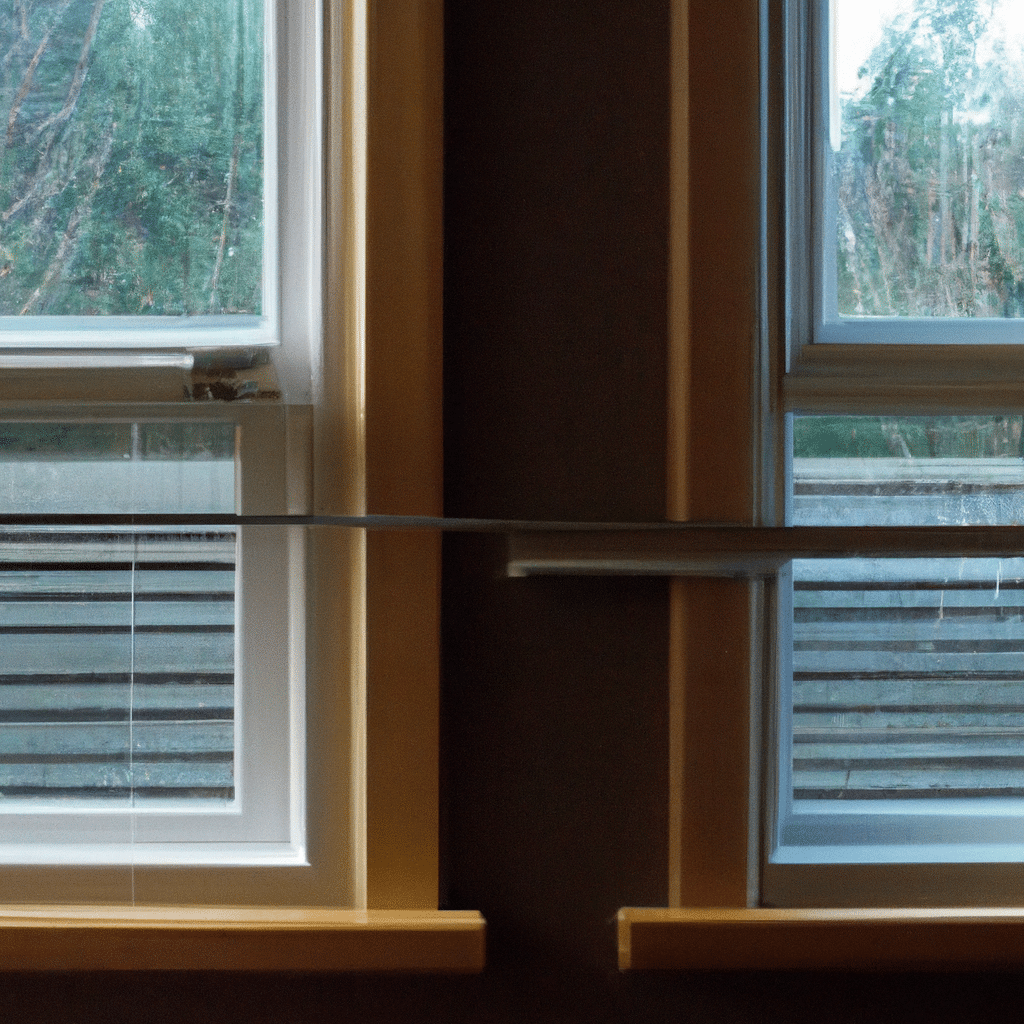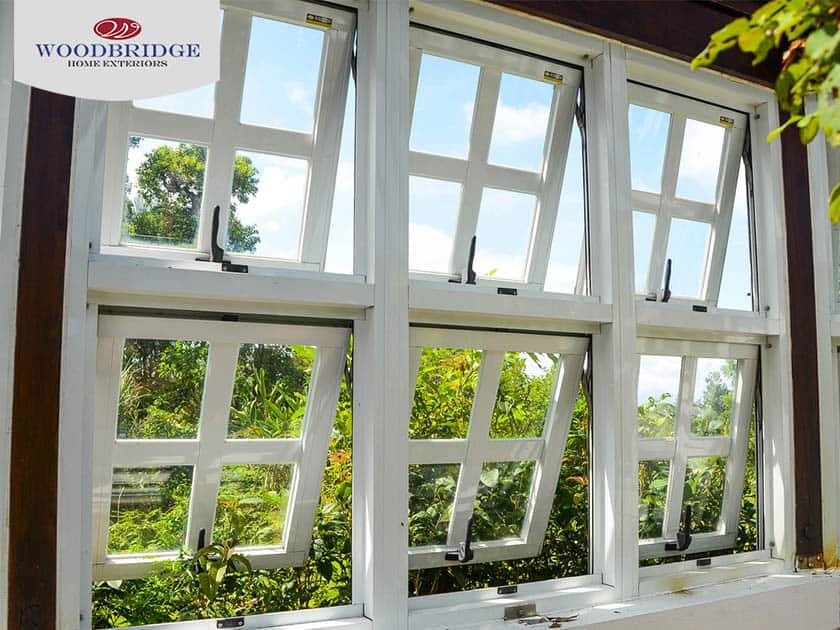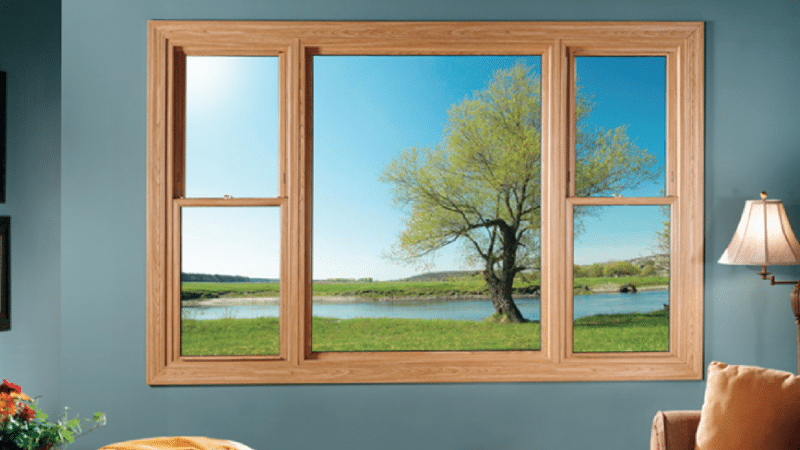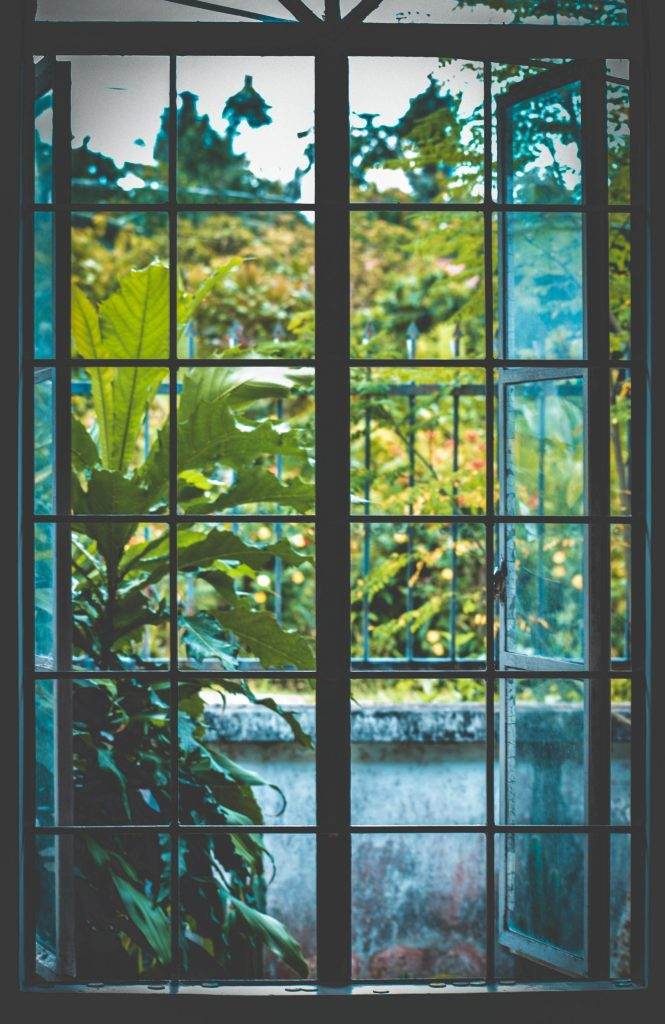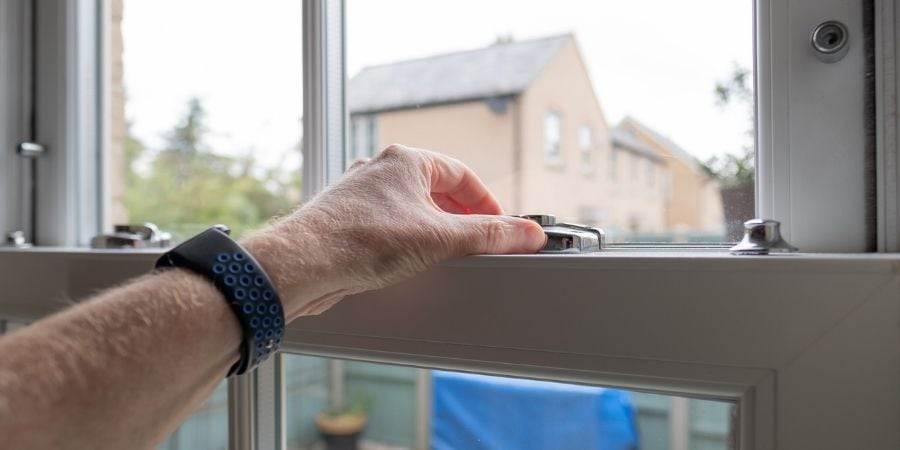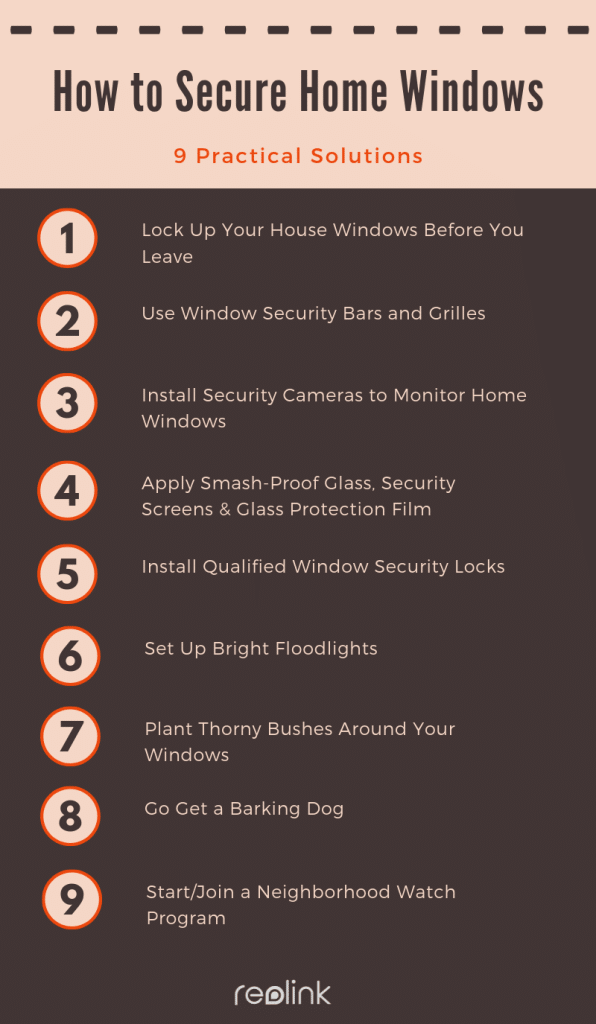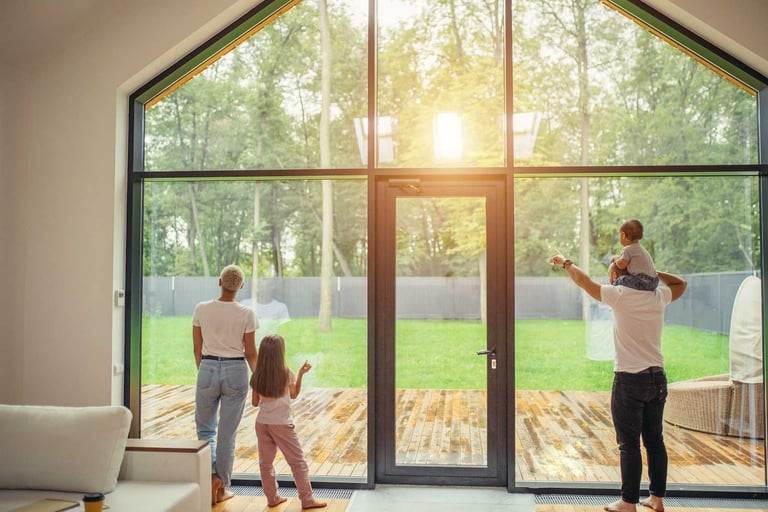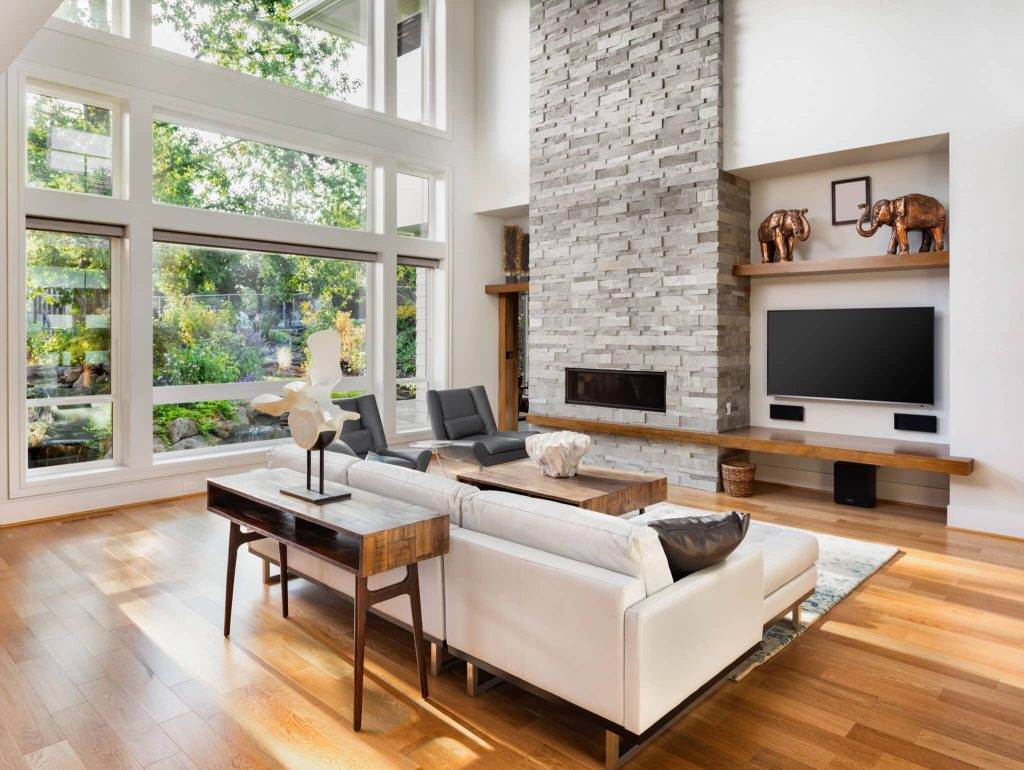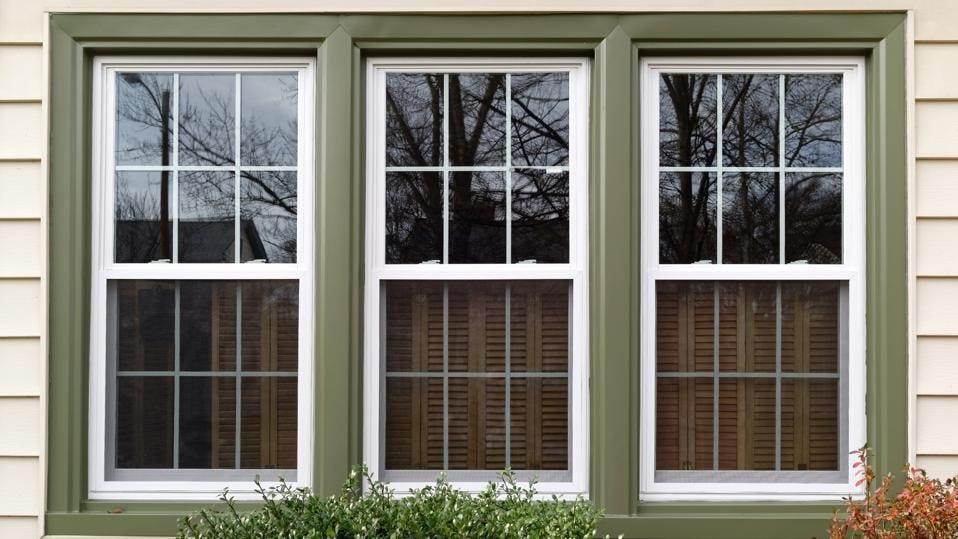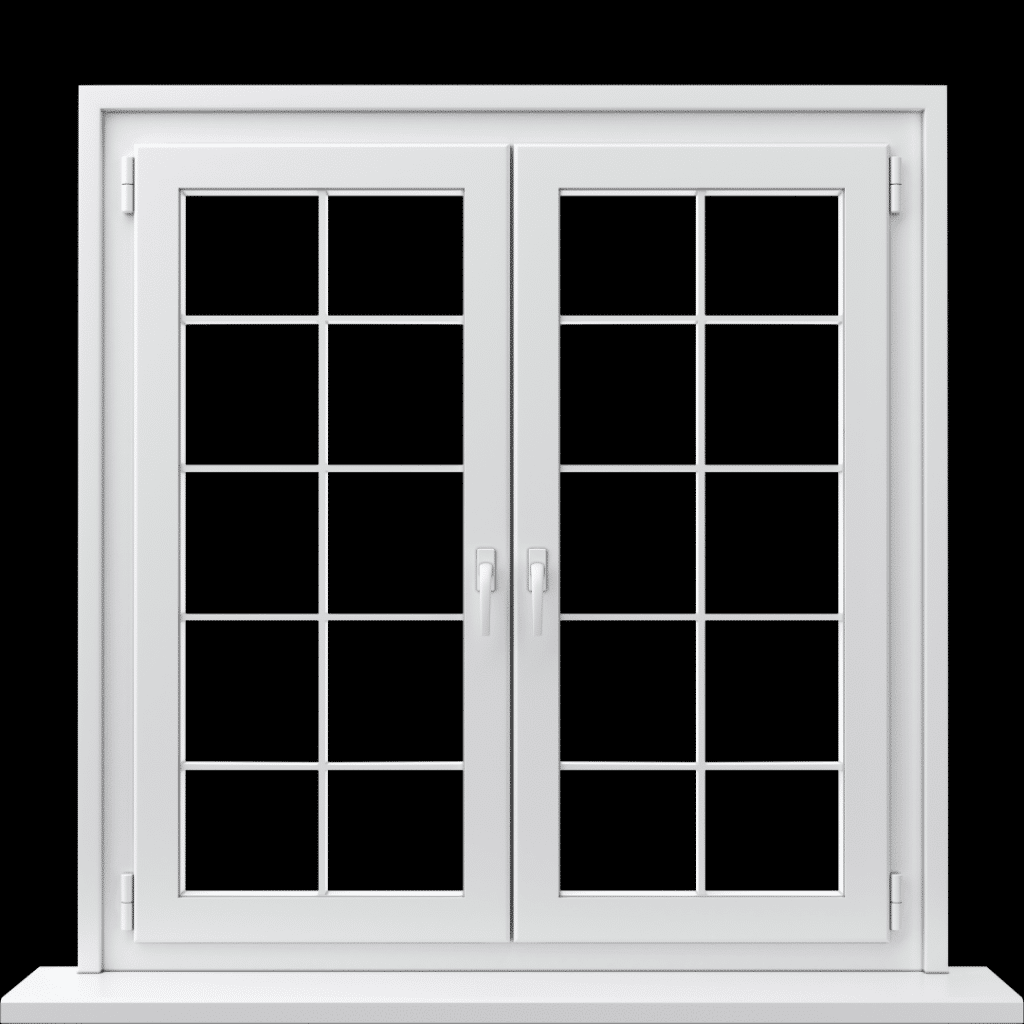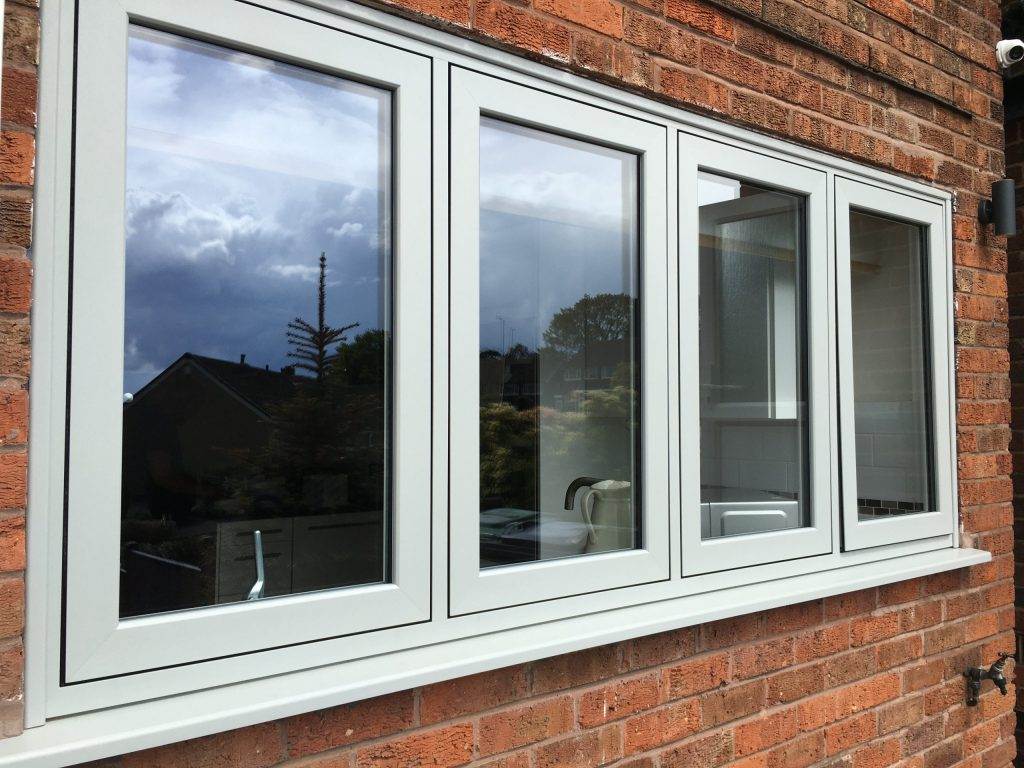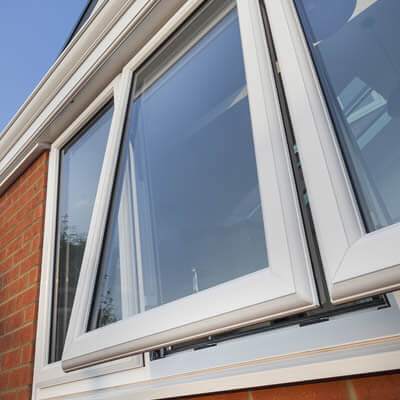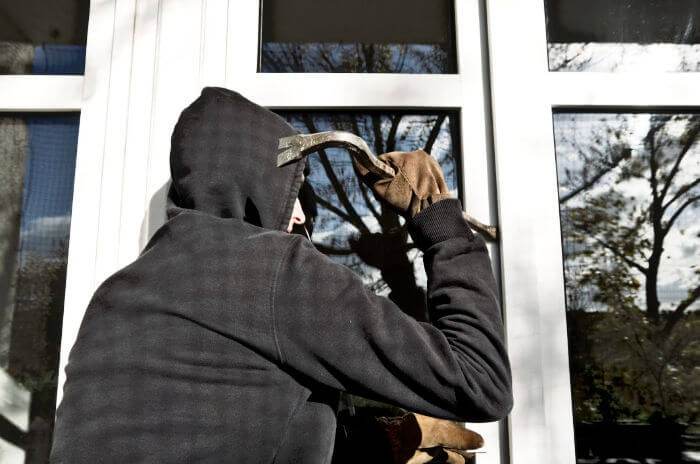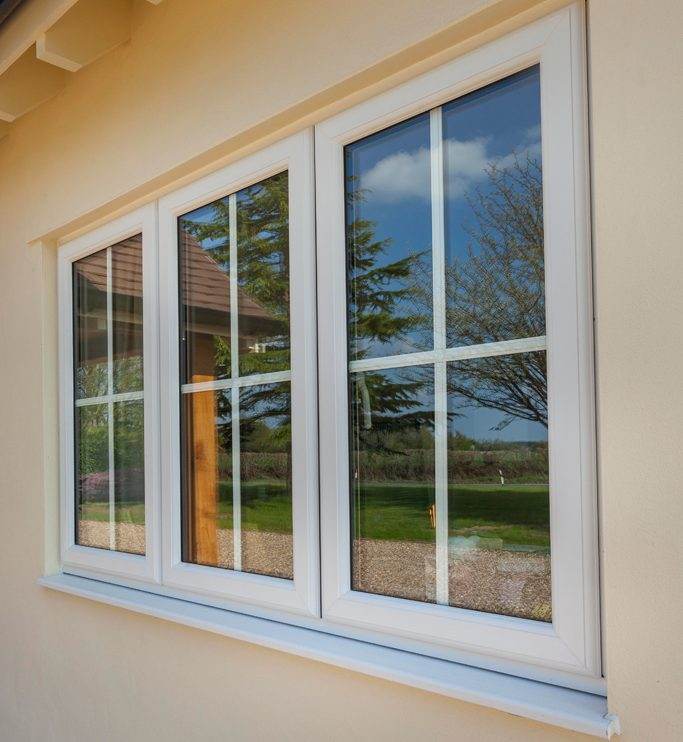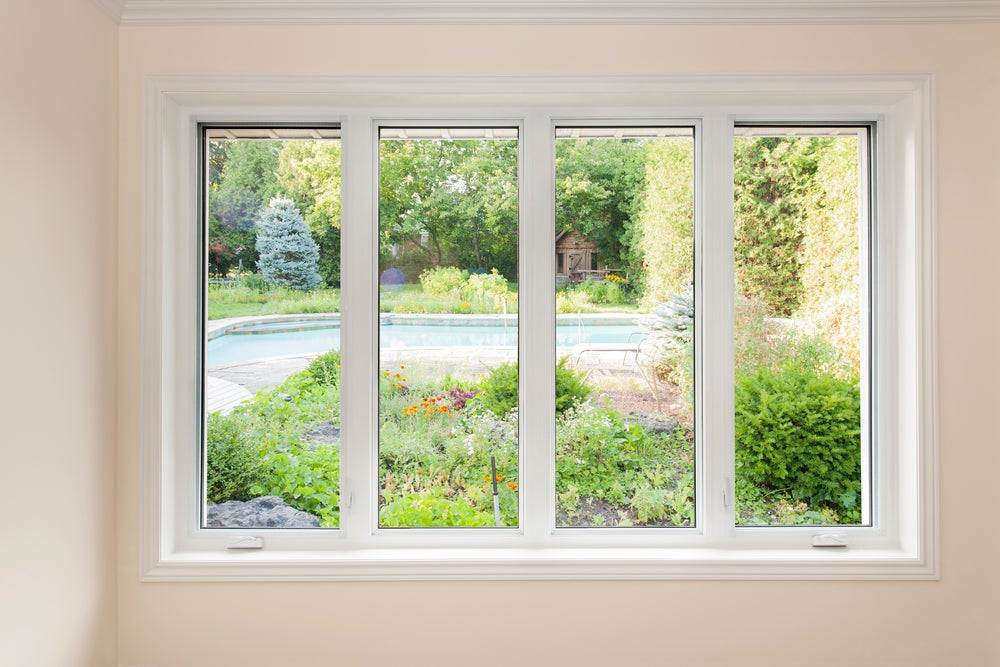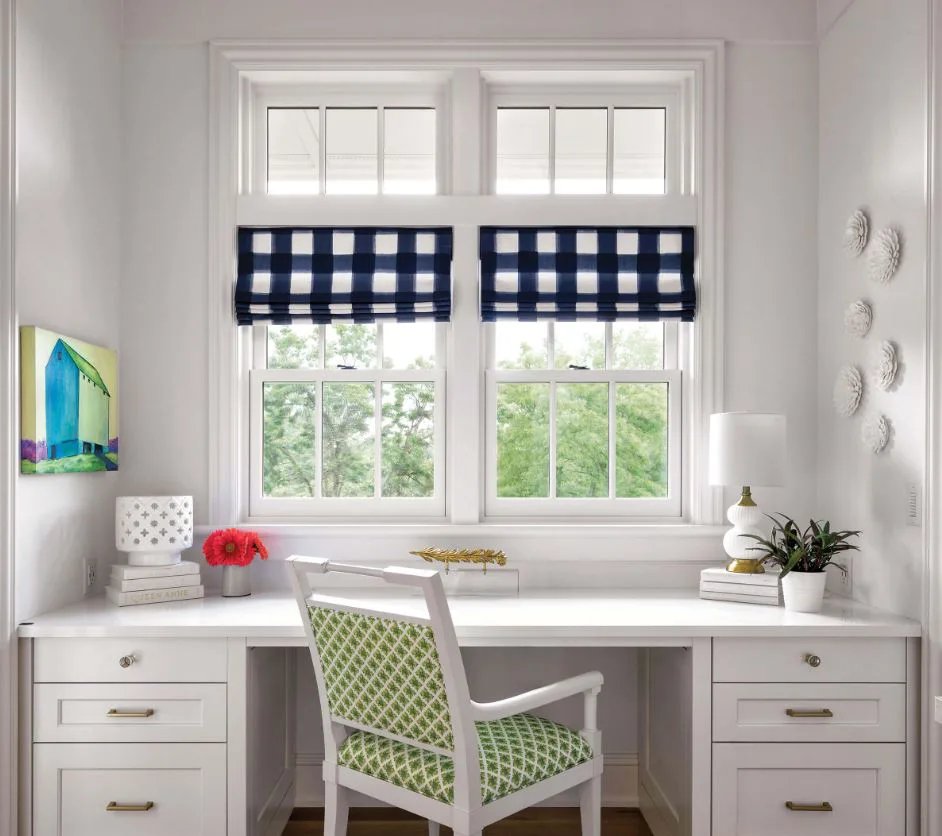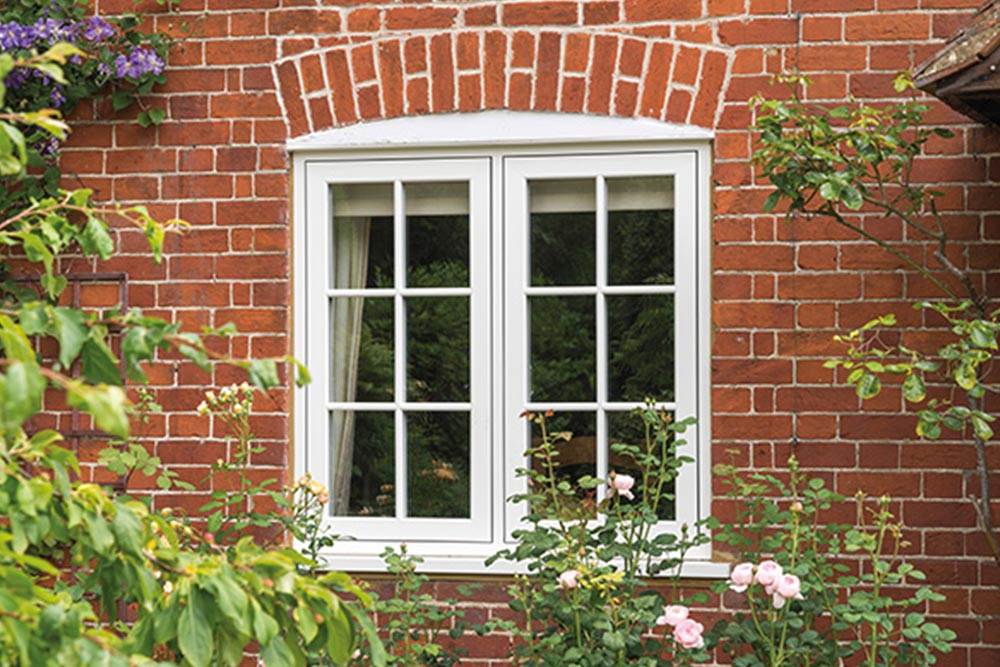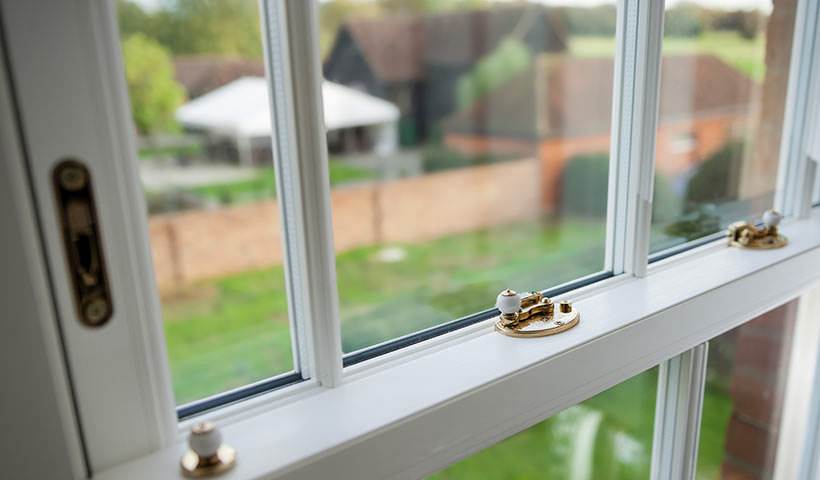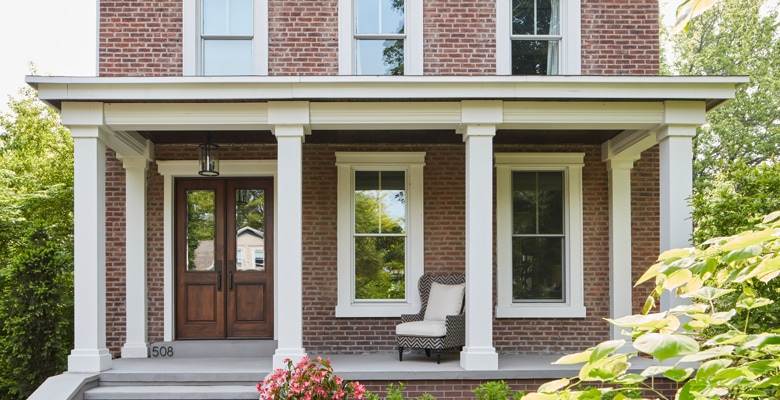So you’re considering replacing all the windows in your home with impact-resistant ones, but you’re wondering if you can get a volume discount for such a significant project. It’s a valid question, and in this article, we’ll explore whether window suppliers offer volume discounts and what factors may influence their decision. Whether you’re looking to enhance your home’s safety or protect it from extreme weather conditions, finding out if you can save some money along the way is definitely worthwhile.
Factors to consider before replacing windows
Assessing the needs for window replacement
Before diving into the world of impact-resistant windows and volume discounts, it’s important to first assess whether or not you actually need to replace your windows. Are they old and worn out? Do they leak air and allow drafts to enter your home? Are they damaged or do they no longer function properly? These are all signs that it might be time for a window replacement. Consider the overall condition of your windows and whether they are still able to fulfill their intended purpose.
Benefits of impact-resistant windows
If you live in an area prone to storms and hurricanes, impact-resistant windows can offer a wide array of benefits. These windows are designed to withstand strong winds, flying debris, and potential break-ins. Not only do they provide enhanced protection for your home and loved ones, but they can also reduce the potential for property damage and lower your insurance premiums. Impact-resistant windows give you peace of mind knowing that you are prepared for severe weather conditions.
Comparing prices of impact-resistant and regular windows
When comparing prices between impact-resistant windows and regular windows, it’s important to consider the long-term benefits. While impact-resistant windows may have a higher upfront cost, they often pay for themselves over time. Regular windows may require frequent repairs or replacements due to damage from storms or break-ins, while impact-resistant windows are built to withstand such impacts. Additionally, insurance savings and increased home value should also be factored into the price comparison.
Analyzing the potential savings from volume discounts
Volume discounts can be an attractive option when it comes to window replacements, especially if you plan on replacing all your windows with impact-resistant ones. By purchasing a large quantity, you may be eligible for special pricing. It’s important to analyze the potential savings from volume discounts and compare them against the cost of individual window replacements. Calculate the total cost of replacing all your windows with impact-resistant ones and determine if the savings from a volume discount outweigh the initial investment.
Understanding impact-resistant windows
What are impact-resistant windows?
Impact-resistant windows, also known as hurricane windows or storm windows, are specially designed to withstand high winds and impacts from debris during severe weather events. They are constructed with layers of laminated glass and polyvinyl butyral (PVB) interlayers, which can resist shattering upon impact. These windows provide an added layer of protection for your home and reduce the risk of injury from flying glass shards.
How do impact-resistant windows work?
The key to the strength of impact-resistant windows lies in their construction. They are made of multiple layers of glass with a strong interlayer, typically made of PVB, between them. When a high-force impact occurs, the glass may crack, but it remains bonded to the interlayer, preventing it from shattering. This not only protects the interior of your home from wind and water intrusion but also deters potential break-ins.
Different levels of impact resistance
Impact-resistant windows come in various levels of impact resistance, which are classified based on industry standards. These levels are commonly rated as “Small Missile Impact” and “Large Missile Impact.” Small missile impact windows can withstand wind speeds of up to 110 miles per hour, while large missile impact windows can withstand wind speeds of up to 150 miles per hour. The level of impact resistance needed for your home depends on the specific weather conditions in your area.
Types of impact-resistant glazing
There are two main types of impact-resistant glazing used in windows: laminated glass and insulated laminated glass. Laminated glass consists of two layers of glass bonded together with a PVB interlayer. Insulated laminated glass adds an additional layer of insulation, making it more energy-efficient. Both types of impact-resistant glazing provide protection against impacts and can enhance the overall performance of your windows.
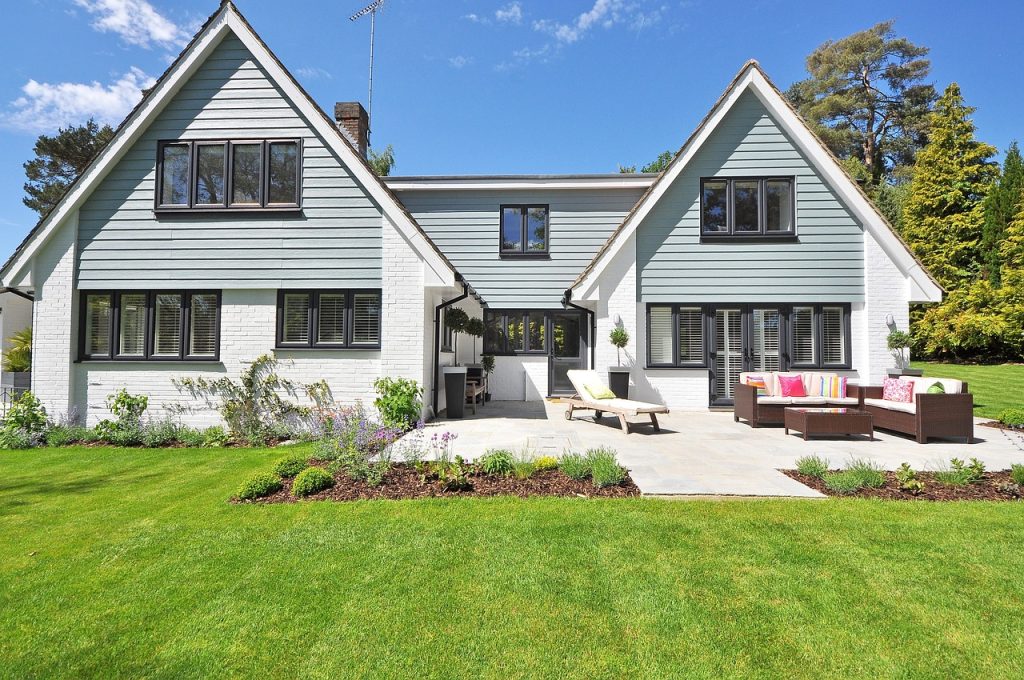
This image is property of pixabay.com.
Benefits of replacing all windows with impact-resistant ones
Enhanced protection against storms and hurricanes
One of the primary benefits of replacing all your windows with impact-resistant ones is enhanced protection against storms and hurricanes. These windows are designed to withstand high winds and flying debris, reducing the risk of property damage and providing a safer environment for you and your family. By investing in impact-resistant windows, you can have peace of mind knowing that your home is well-protected during severe weather events.
Increased home security
Impact-resistant windows not only protect your home from storms but also enhance its security. These windows are specially designed to be difficult to break, deterring potential intruders. The laminated glass and interlayer construction make it significantly harder for burglars to gain entry compared to traditional windows. By replacing all your windows with impact-resistant ones, you can greatly improve the security of your home.
Improved energy efficiency
Compared to regular windows, impact-resistant windows often provide better energy efficiency. The multiple layers of glass and interlayers in these windows help reduce heat transfer, keeping your home cooler in the summer and warmer in the winter. This can result in energy savings and potentially lower utility bills. By replacing all your windows with impact-resistant ones, you can create a more comfortable and energy-efficient living space.
Reduced noise infiltration
If you live in a noisy area or near a busy road, replacing all your windows with impact-resistant ones can help reduce noise infiltration. The multiple layers of glass and interlayers in these windows act as a sound barrier, absorbing and reducing external noise. Enjoy a more peaceful and quiet living environment by investing in impact-resistant windows for your entire home.
Factors affecting the cost of window replacement
Window material and style
The choice of window material and style can greatly impact the overall cost of window replacement. Materials such as vinyl, wood, or aluminum each come with their own price range, with vinyl often being the most affordable option. Additionally, certain window styles, such as casement or bay windows, may be more expensive compared to standard single-hung windows. Consider your budget and personal preferences when selecting the material and style of your windows.
Size and number of windows
The size and number of windows in your home will directly impact the cost of the replacement project. Larger windows or windows with custom dimensions will typically cost more than standard-sized ones. Furthermore, a higher quantity of windows will naturally lead to a higher overall cost. Take into account the size and number of windows you plan to replace when budgeting for your window replacement project.
Installation costs
Installation costs are an important factor to consider when replacing windows, as professional installation is typically recommended for best results. The complexity of the installation, accessibility of the windows, and the need for any additional structural modifications can all affect the installation costs. It’s important to obtain detailed quotes from reputable contractors and factor in these costs when determining your window replacement budget.
Additional features and customization
The inclusion of additional features and customization options can also affect the cost of window replacement. Features such as tinted glass, grid patterns, or decorative hardware may add to the overall cost. Additionally, if your windows require special customization, such as unique shapes or sizes, it may incur additional charges. Consider your desired features and level of customization when planning your window replacement project.
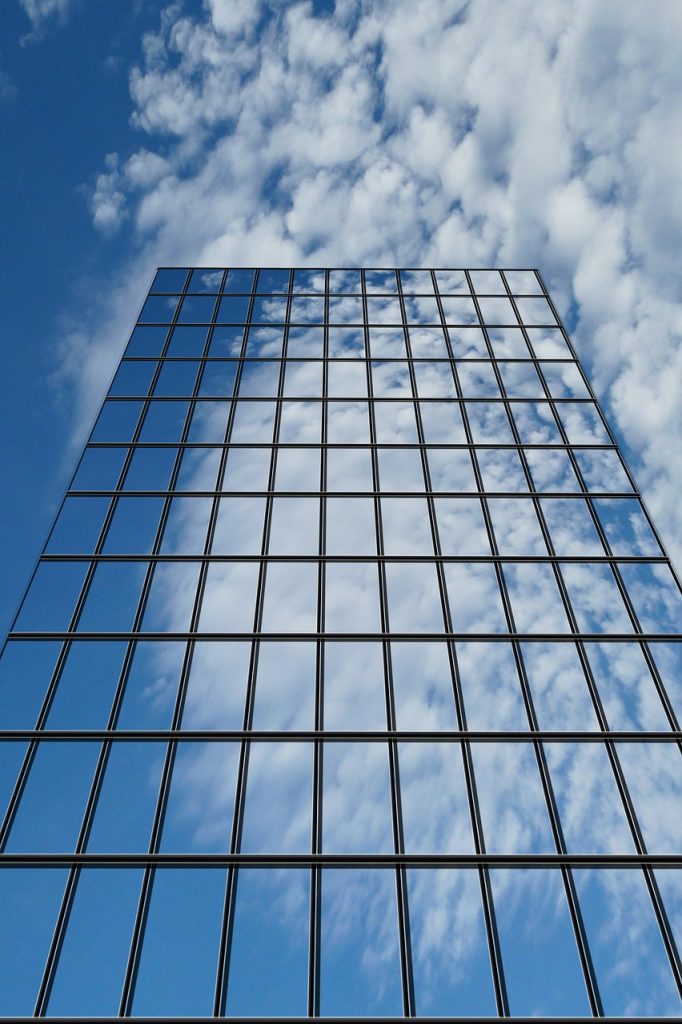
This image is property of pixabay.com.
Comparing prices of impact-resistant and regular windows
Cost difference between impact-resistant and regular windows
It’s no secret that impact-resistant windows generally come with a higher price tag compared to regular windows. The specialized construction and materials used in impact-resistant windows contribute to their increased cost. However, it’s important to consider the long-term savings and benefits that impact-resistant windows offer. While the upfront cost may be higher, these windows can potentially save you money in the long run by reducing the need for repairs and insurance claims.
Factors influencing the pricing
Several factors influence the pricing of impact-resistant windows. The level of impact resistance, the size and style of the windows, the choice of frame material, and the presence of any additional features or customization options can all affect the price. It’s crucial to compare prices from different suppliers and consider the overall value and benefits each option provides.
Long-term savings with impact-resistant windows
Although impact-resistant windows may have a higher upfront cost, they can lead to long-term savings. These windows provide enhanced protection against storms and break-ins, reducing the need for repairs and potential insurance claims. Additionally, the improved energy efficiency of impact-resistant windows can result in lower heating and cooling costs. When comparing prices, it’s important to consider the potential long-term savings that impact-resistant windows can provide.
Understanding volume discounts in window replacement
What are volume discounts?
A volume discount is a pricing incentive offered by window suppliers or contractors for purchasing a large quantity of windows. It is designed to encourage customers to make bulk purchases and can help reduce the overall cost per window. Volume discounts can be particularly beneficial if you are replacing all your windows with impact-resistant ones, as the quantity purchased may exceed a certain threshold to qualify for the discount.
The benefits of volume discounts
Volume discounts in window replacement can offer several benefits. First and foremost, they can lead to significant cost savings, lowering the overall price per window. Additionally, volume discounts can simplify the purchasing process by allowing you to source all the windows you need from a single supplier. This can save time and effort that would otherwise be spent on individually purchasing windows from multiple sources.
Conditions for eligibility
Each window supplier or contractor may have specific conditions for eligibility to receive a volume discount. These conditions can vary, but commonly include purchasing a minimum quantity of windows or spending a certain amount of money. It’s important to inquire with potential suppliers or contractors about their specific requirements to ensure you are eligible for a volume discount.
Negotiating a volume discount
If you are planning to replace all your windows with impact-resistant ones and are considering a volume discount, it’s worth exploring the possibility of negotiating the discount with the supplier or contractor. Take the time to gather multiple quotes and use them as leverage during the negotiation process. Remember to weigh the potential savings from the volume discount against the reputability and quality of the supplier or contractor.
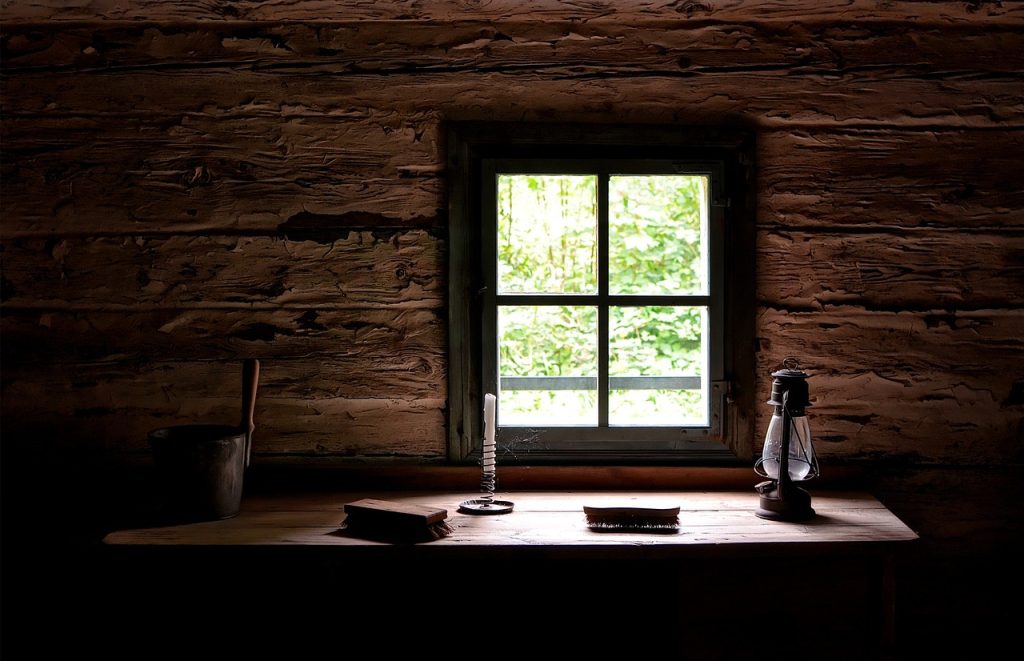
This image is property of pixabay.com.
Determining the quantity of windows for a volume discount
Calculating the number of windows for replacement
To determine the quantity of windows needed for a volume discount, start by identifying the total number of windows in your home. Consider both operable windows and fixed windows, as well as any specialty windows. Take accurate measurements to ensure the new windows are of the correct dimensions. Once you have this information, you can calculate the total quantity of windows required.
Considering budget and feasibility
While aiming to replace all your windows with impact-resistant ones may be ideal, it is essential to consider your budget and the feasibility of replacing each window. Evaluate your budget constraints and prioritize which windows need replacement the most. By balancing your priorities and budget, you can determine how many windows you can realistically replace to qualify for a volume discount.
Determining the optimal quantity for a volume discount
Once you have considered your budget and feasibility, you can determine the optimal quantity of windows for a volume discount. Compare the potential savings from the discount against the cost of replacing the determined quantity of windows. It’s important to strike a balance between cost savings and ensuring that the windows being replaced provide adequate protection and meet your needs.
Finding window suppliers and contractors
Researching reputable window suppliers
When seeking window suppliers, it’s important to conduct thorough research to find reputable ones. Look for suppliers with a track record of delivering high-quality impact-resistant windows and providing excellent customer service. Read customer reviews, ask for references, and check if they have any certifications or accreditations. Take the time to compare several suppliers to ensure you make an informed decision.
Getting multiple quotes for comparison
To find the best deal for your window replacement project, obtain multiple quotes from different suppliers. Provide each supplier with accurate information regarding the quantity, size, and style of windows you require. Carefully review each quote, considering the overall value, included features, warranty coverage, and any additional services offered. Take your time to compare the quotes and assess the reputability of the suppliers before making a decision.
Evaluating the reputation and experience of contractors
If you plan on hiring a contractor for the installation of your windows, it’s essential to evaluate their reputation and experience. Look for contractors who specialize in window replacements and have a proven track record of successfully completing similar projects. Ask for references and check online reviews to gauge the satisfaction levels of past customers. A reputable and experienced contractor is crucial to ensure the proper installation of your impact-resistant windows.
Seeking recommendations from friends and neighbors
A great way to find reliable window suppliers and contractors is by seeking recommendations from friends, family, and neighbors. If someone you know has recently replaced their windows with impact-resistant ones, ask them about their experience and if they would recommend any specific suppliers or contractors. Getting firsthand recommendations can help narrow down your options and provide insight into the quality of service provided.
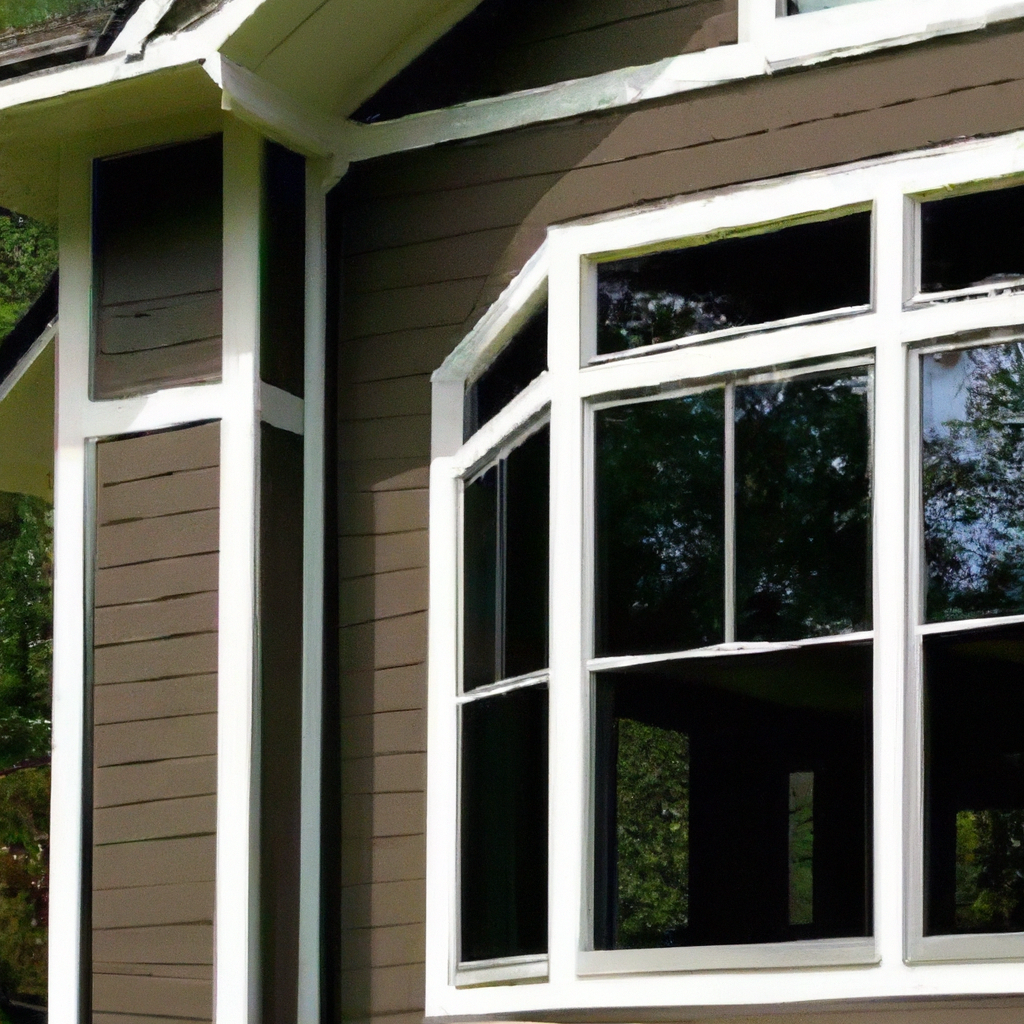
Additional cost-saving strategies
Applying for government incentives and rebates
When embarking on a window replacement project, it’s worth exploring any available government incentives and rebates. Many local, state, and federal programs offer financial incentives to homeowners who invest in energy-efficient upgrades, including impact-resistant windows. Research these programs and determine if you are eligible for any incentives or rebates that can help offset the cost of your window replacement.
Exploring financing options
If the upfront cost of impact-resistant windows is a concern, exploring financing options can help make the project more affordable. Some window suppliers may offer financing plans or work with third-party lenders to provide flexible payment options. Carefully review the terms and conditions of any financing agreements to ensure they align with your financial goals and capabilities.
Considering DIY installation
While it is generally recommended to hire professional installation services for impact-resistant windows, if you have adequate knowledge and experience, you may consider DIY installation to save on labor costs. However, it’s crucial to assess your abilities and ensure that the installation is done correctly to maintain the integrity and performance of the windows. Improperly installed impact-resistant windows may compromise their effectiveness and put your home at risk.
Assessing long-term savings and return on investment
Before making any decisions, it’s important to assess the long-term savings and return on investment (ROI) of replacing all your windows with impact-resistant ones. Consider the potential energy savings, reduced maintenance and repair costs, lower insurance premiums, and potential increase in home value when calculating the ROI. While impact-resistant windows may have a higher upfront cost, the long-term savings and benefits they can provide may outweigh the initial investment.
Conclusion
When considering replacing your windows with impact-resistant ones, it’s important to carefully assess your needs, compare prices, and explore potential cost-saving strategies. Impact-resistant windows offer enhanced protection, increased security, improved energy efficiency, and reduced noise infiltration. Factors such as window material, size, installation, and customization can all influence the cost of window replacement. Additionally, volume discounts, government incentives, and financing options can help make the project more affordable. By conducting thorough research, obtaining multiple quotes, and considering long-term savings, you can make an informed decision that best suits your needs and budget. Invest in your home’s safety, security, and energy efficiency by replacing your windows with impact-resistant ones.


